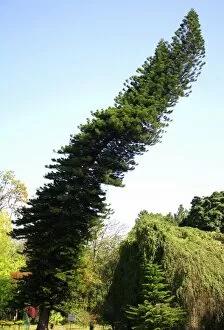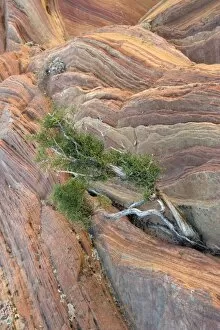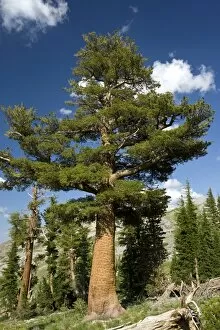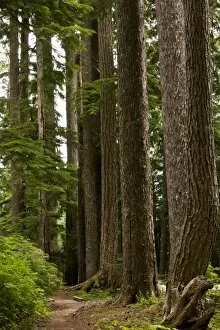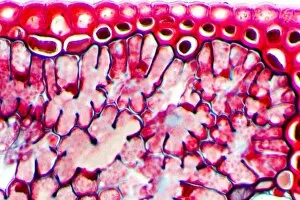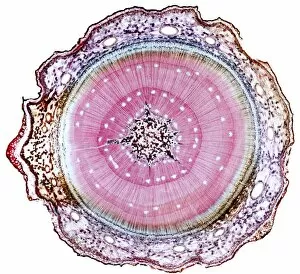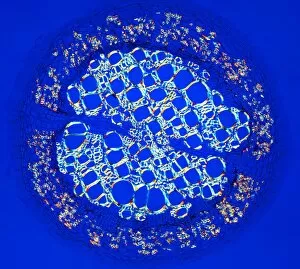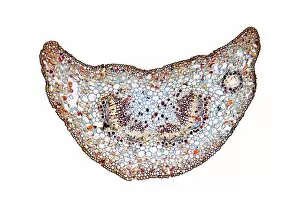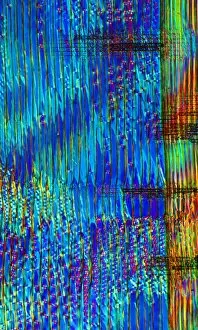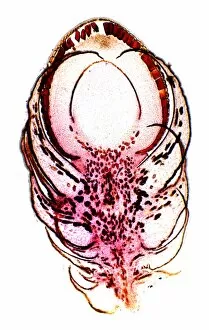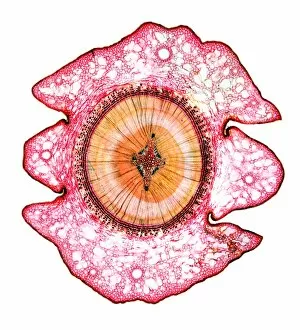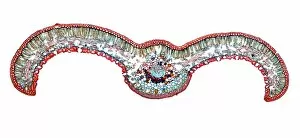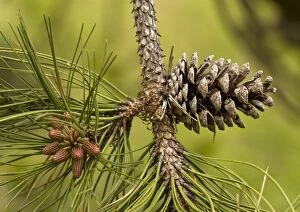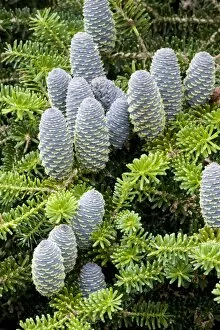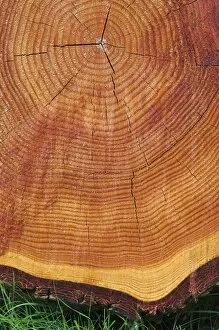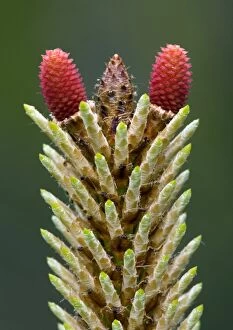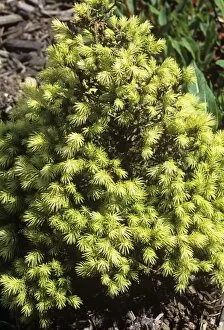Gymnosperms Collection (#4)
Gymnosperms, a fascinating group of plants, encompass a wide range of species that display unique characteristics and captivating beauty
For sale as Licensed Images
Choose your image, Select your licence and Download the media
Gymnosperms, a fascinating group of plants, encompass a wide range of species that display unique characteristics and captivating beauty. Take for instance the Taxus baccata, commonly known as the Common Yew tree. Its dark green foliage and red berries add an enchanting touch to any landscape. The Ginkgo biloba, also known as the Maidenhair tree, boasts leaves that are truly remarkable. Their fan-like shape and vibrant yellow color make them stand out in any garden or park. Pine pollen grains, when observed under a light microscope, reveal intricate patterns and structures that showcase nature's artistry. Similarly, examining a pine stem at a microscopic level unveils its complex internal structure and strength. In the Lammermuir Hills of Berwickshire, Scotland stands an awe-inspiring row of Larch trees amidst flowering heather moorland. The misty sunrise adds an ethereal quality to this breathtaking scene. During winter on Vancouver Island in Canada, Western Red Cedar showcases its resilience by donning delicate frost crystals on its branches. This stunning sight is both fragile and enduring at the same time. The Irish yew Fastigiata Aureomarginata is another gem among gymnosperms with its golden-edged evergreen needles adding elegance to gardens across Ireland. Scots pine trees in Torridon create an enchanting atmosphere as they emerge from the mist during sunrise in Beinn Eighe National Nature Reserve. These majestic giants command attention with their towering presence. Yew berries found in Berwickshire offer not only visual appeal but also serve as important food sources for wildlife during September months when other resources may be scarce. European larch trees exhibit female cones that are both beautiful and functional; these cones play a vital role in reproduction while adding aesthetic value to Bannogue Bridge in County Down.




